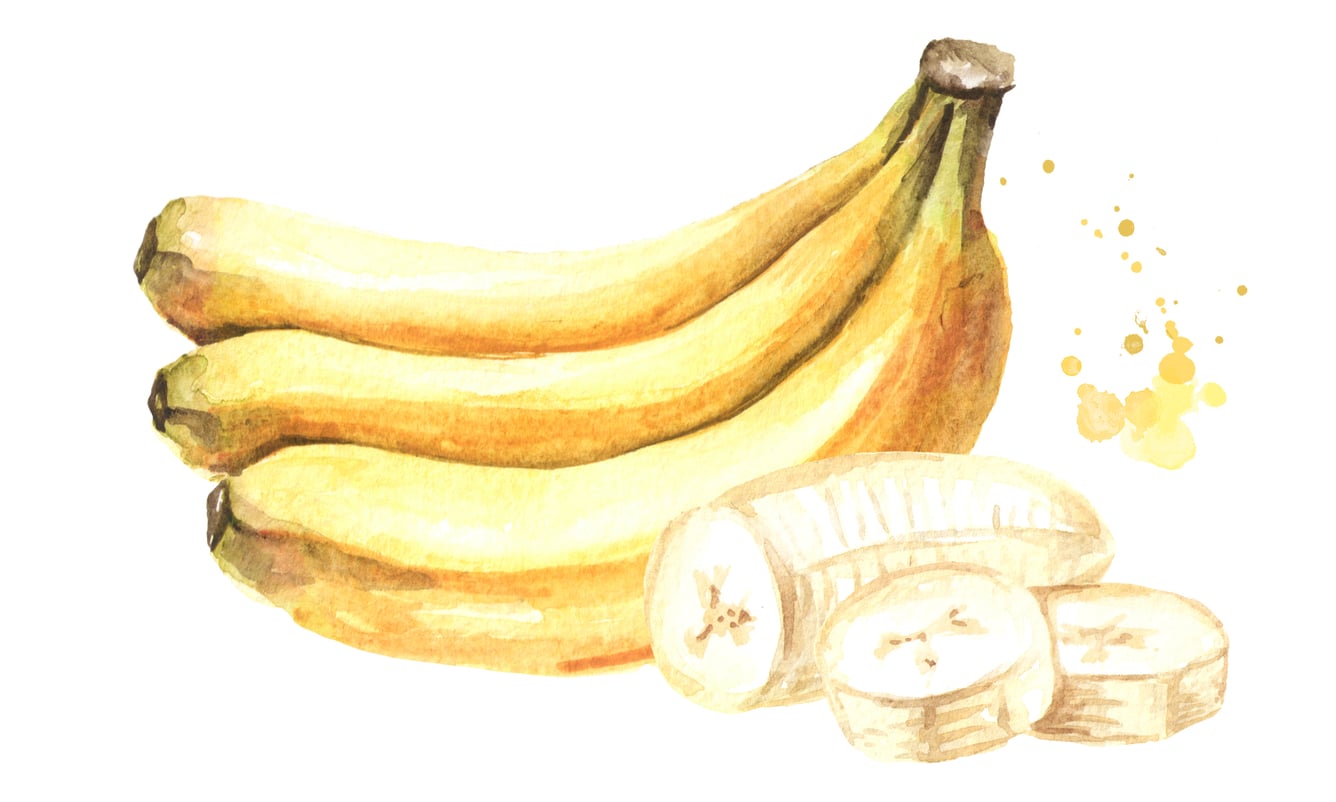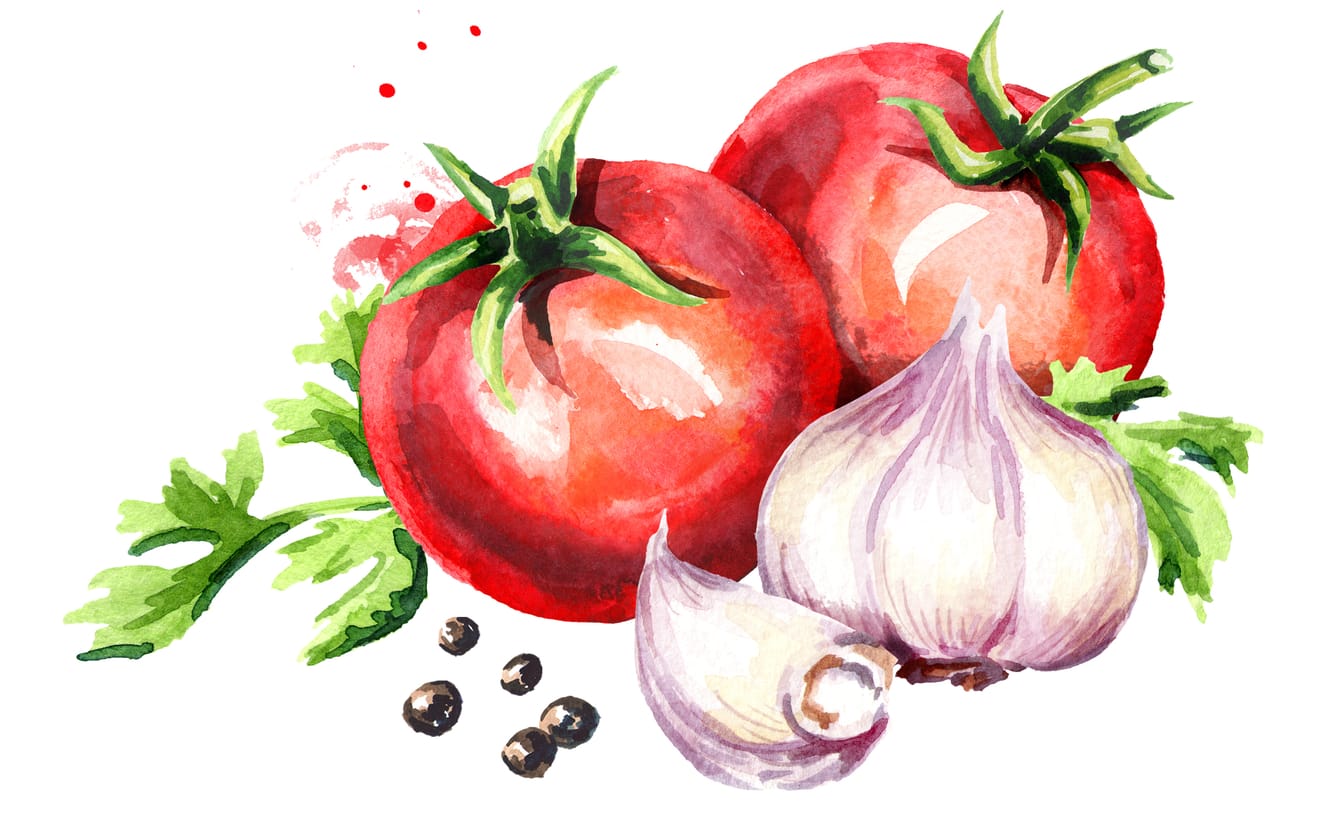Allergy vs food intolerance: what’s the difference?
It is estimated that 15% to 20% of the world population suffers from some kind of food intolerance, and that over 17 million people suffer from food allergies in Europe.
The concepts of food allergy and food intolerance are frequently mistaken for one another, so this is the time to lay it out on the table.
A food allergy is an adverse reaction of the body to certain substances in food. This reaction is triggered by the immune system and happens rather quickly in our bodies. The prevalence of food allergies is lower than is commonly believed, and they occur more often in children than in adults. The most common food causing allergies are wheat, soy, crustaceans, egg, fish, peanuts and nuts, milk, celery, mustard, sesame seeds, lupin beans and molluscs.
A food intolerance, on the other hand, results generally from a lack of digestive enzymes – specifically, the ones that help the body to process a certain substance. This makes it more difficult to digest certain products. In some cases, the symptoms can be similar to an allergy. However, they do not always arise so immediately, which often makes it difficult to identify the triggering agent, either a food or a food additive.
It sounds like too much information, but it is easy to understand: if it is your immune system that reacts, and it happens very very quickly, you have a food allergy; if the body’s reaction is slower and is not triggered by the immune system, making it more difficult to identify the cause of the problem, you might have a food intolerance.
Often, this difference can also be perceived based on the severity of the body’s reactions. While the symptoms of food intolerance are mainly gastroenterological, like abdominal and intestinal pain, and skin problems can also occur, allergy symptoms can – along with the previous ones – be much more severe, like trouble breathing. Anaphylactic shock can even occur just a few seconds or minutes after contact with a substance a person is allergic to.
The 5 more common food intolerances
In theory, one can develop a food intolerance at any time, as many foods contain natural or artificial substances that can potentially trigger an adverse reaction. The development of food intolerances and allergies is not entirely understood yet, and the detection is not easy, since they may have several possible causes.
The more common types of food intolerance are:

-
Gluten intolerance
Gluten is a protein present in some cereals like wheat and barley. It can be found in most types of bread and cakes. Learn about the differences between gluten intolerance and coeliac disease;

-
Lactose intolerance
Lactose is nothing but the natural sugar in milk and is present in virtually all dairy products, but also in less obvious ingredients, such as most hams;

-
Sulphite Intolerance
Sulphites are commonly present in wine and in several medications. They are frequently added as preservatives to food (seafood, for example);

-
Fructose malabsorption
As the name implies, fructose is naturally present in all fresh fruits, in raisins, or in ginger;

-
Intolerance to monosodium glutamate
This amino acid is naturally present in some foods, like tomatoes, but can also be added as a flavour enhancer in processed products;

-
Intolerance to other additives
Among these are food colouring, antioxidants, emulsifiers, stabilisers and preservatives.
The symptoms of food intolerances are mainly gastrointestinal – cramps, constipation, diarrhoea, acid reflux – but can also manifest as acne, eczema, hives, or even asthma or other respiratory troubles.
Are we developing more allergies and food intolerances?
Over the last decades, the prevalence of allergies, intolerances and sensitivity to food or chemical components has increased. There are several reasons for this.
On the one hand, it cannot be ruled out that there is a genetic component that affects the way the body reacts to certain substances. On the other hand, research suggests that the higher the consumption of foods that are “incompatible” with the human organism, the higher the probability of developing food intolerances that end up sticking around and make us change our eating habits.
Other studies reveal that the consumption of highly processed foods can contribute to the increase in food intolerances. And the transformation that food is subjected to is something “new” to the human body.
How to live with food intolerance?
Food intolerance and food allergies have big impacts not only on physical health but also on social interaction, since people can be forced to skip dinners and birthday parties, or other events that revolve around food and meals.
The best way to control food intolerances is to follow the symptoms with a medical professional. Restricting your diet too much, in order to avoid certain symptoms, can lead to malnutrition – so keep an open eye for that.
Check out some delicious gluten/wheat-free and milk-free recipes.
For those who are intolerant to gluten and lactose, there are a wide variety of gluten-free and lactose-free alternatives, so that you can keep enjoying your favourite dishes. In addition, since 2011 that all food products sold in the European Union have a list of allergens and possible allergens on the label.
